Arts & Sciences Magazine Spring 2015
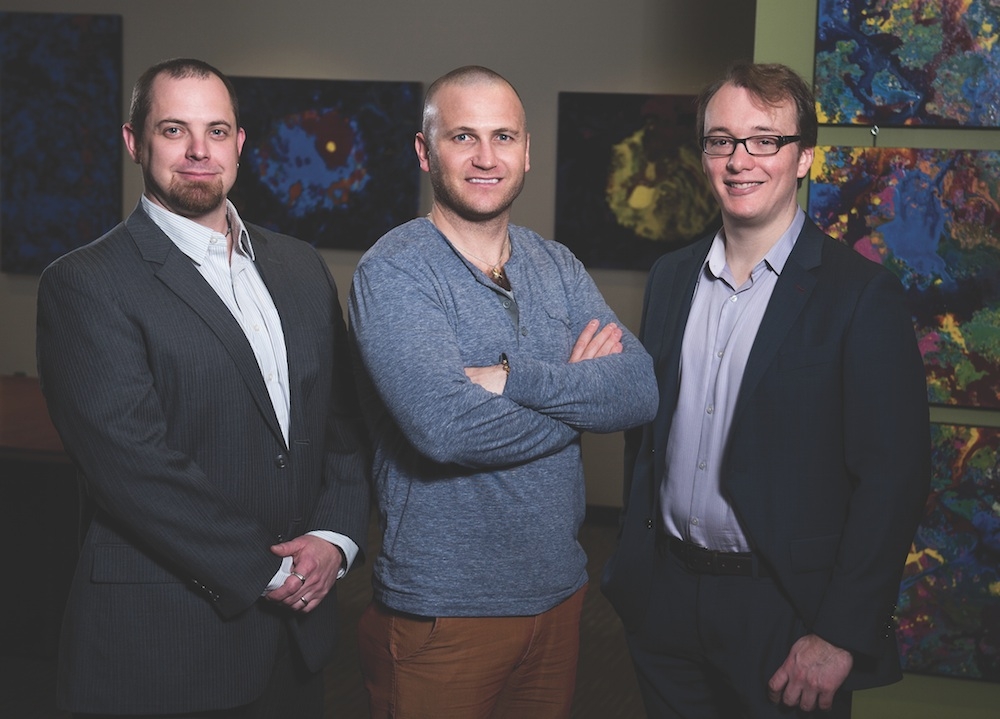
Gaining on Pain
Three faculty members in the Department of Psychology — Dr. Burel Goodin, Dr. Robert Sorge and Dr. Jarred Younger — are getting ahead in the race to end chronic pain.
Read more
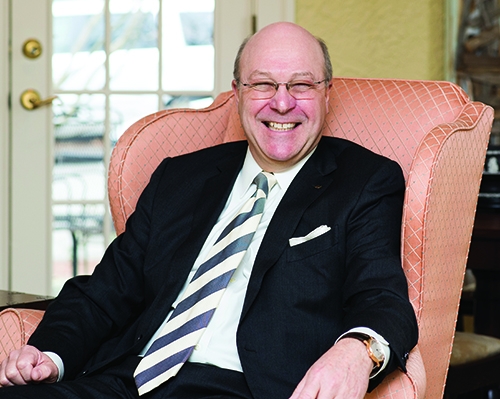
Native Son
UAB helped make Hugh Gainer the man he is today, and now he is repaying the investment. We spent a few hours with Hugh and his wife Anna at their home in Birmingham to learn more about his experiences at UAB.
Read more
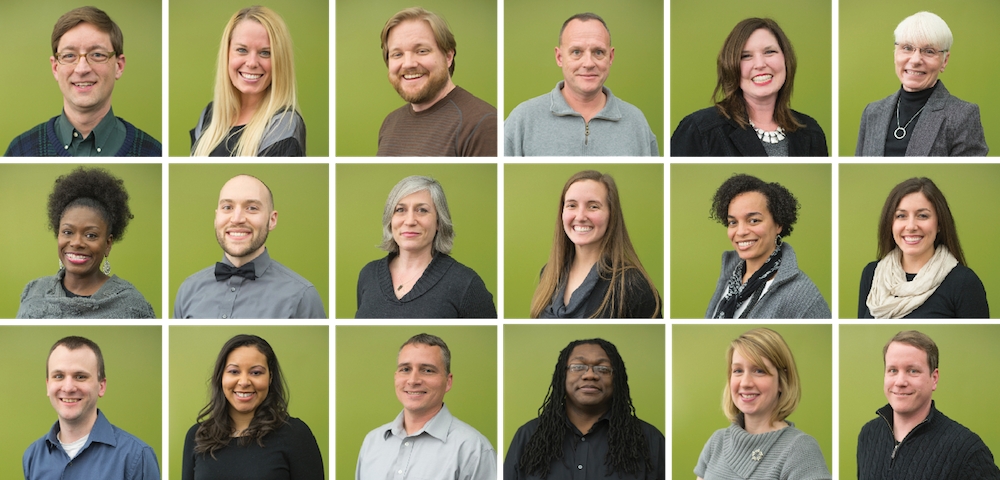
Good Advice
Find out how the 19 advisors in the College help ensure our students reach their goals.
Read more
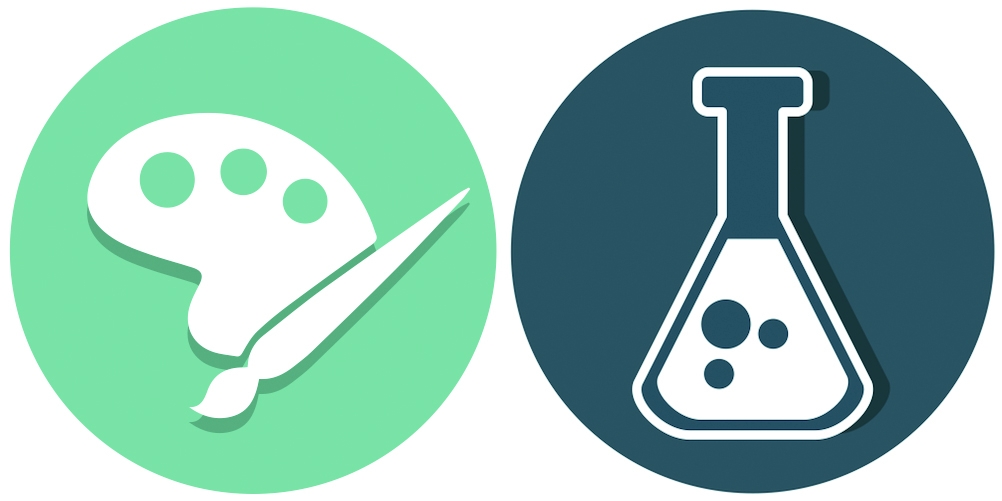
Class Notes
News from UAB College of Arts and Sciences alumni. Update your alumni information.
Read more
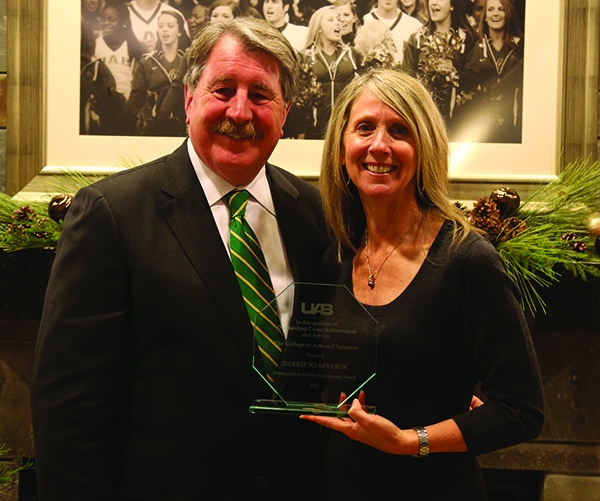
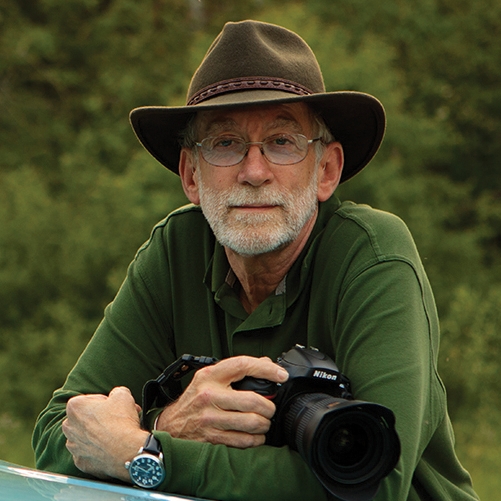
Dr. Howard Zehr Named Ireland Distinguished Visiting Scholar
Howard Zehr, Ph.D., a renowned figure in human rights scholarship, has been named the winner of the 2015 Ireland Distinguished Visiting Scholar Award.
Read more
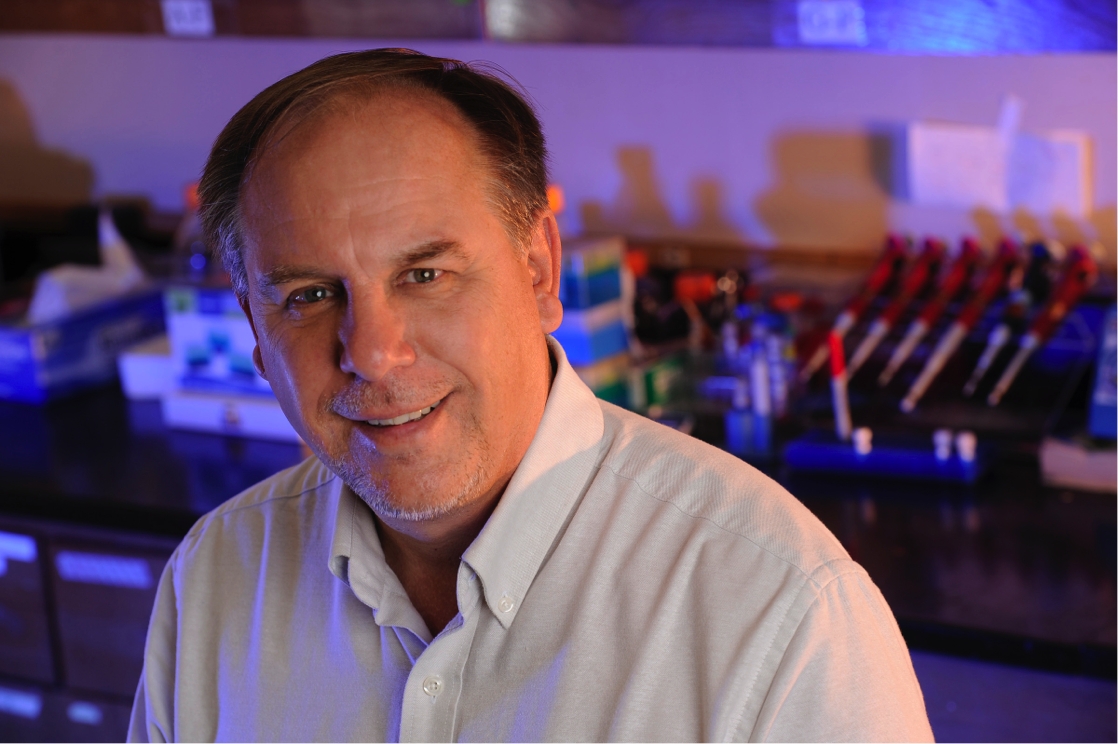
Dr. Trygve Tollefsbol Named 2015 Winner of Ireland Prize for Scholarly Distinction
Dr. Trygve Tollefsbol is a leader in the growing field of epigenetics. His work in this emerging and important field stands out among the work of an array of international scholars.
Read more
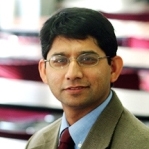
Mapping the Sun
In partnership with the Alabama Environmental Council, Dr. Akhlaque Haque, Associate Professor in the Department of Government, is engaging his students in groundbreaking work by geo-mapping solar usage in Alabama.
Read more
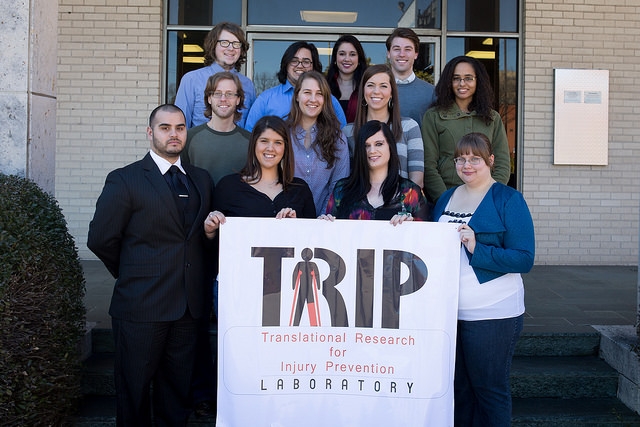
Safety First
Psychology Faculty members Dr. Despina Stavrinos, Assistant Professor, and Dr. David Schwebel, Professor and Associate Dean for Research in the Sciences, put safety first as they teach behaviors and practices to ensure the public’s well being.
Read more
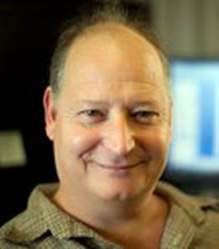
New Chair of Communication Studies
Dr. Timothy Levine comes to us from Korea University, where he was Professor of Communication and Media. His research and instructional focus has been on interpersonal communication, social influence, cross-cultural communication, and social scientific research methods.
Read more
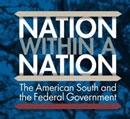
One for the Books
The College celebrates the 19 faculty members who published a book in 2014.
Read more

Faculty Receive Awards for Excellence
Congratulations to these deserving individuals: Martha Earwood, Michele Forman, Dr. James McClintock, Dr. Steve Austad, and Dr. Catherine Danielou.
Read more
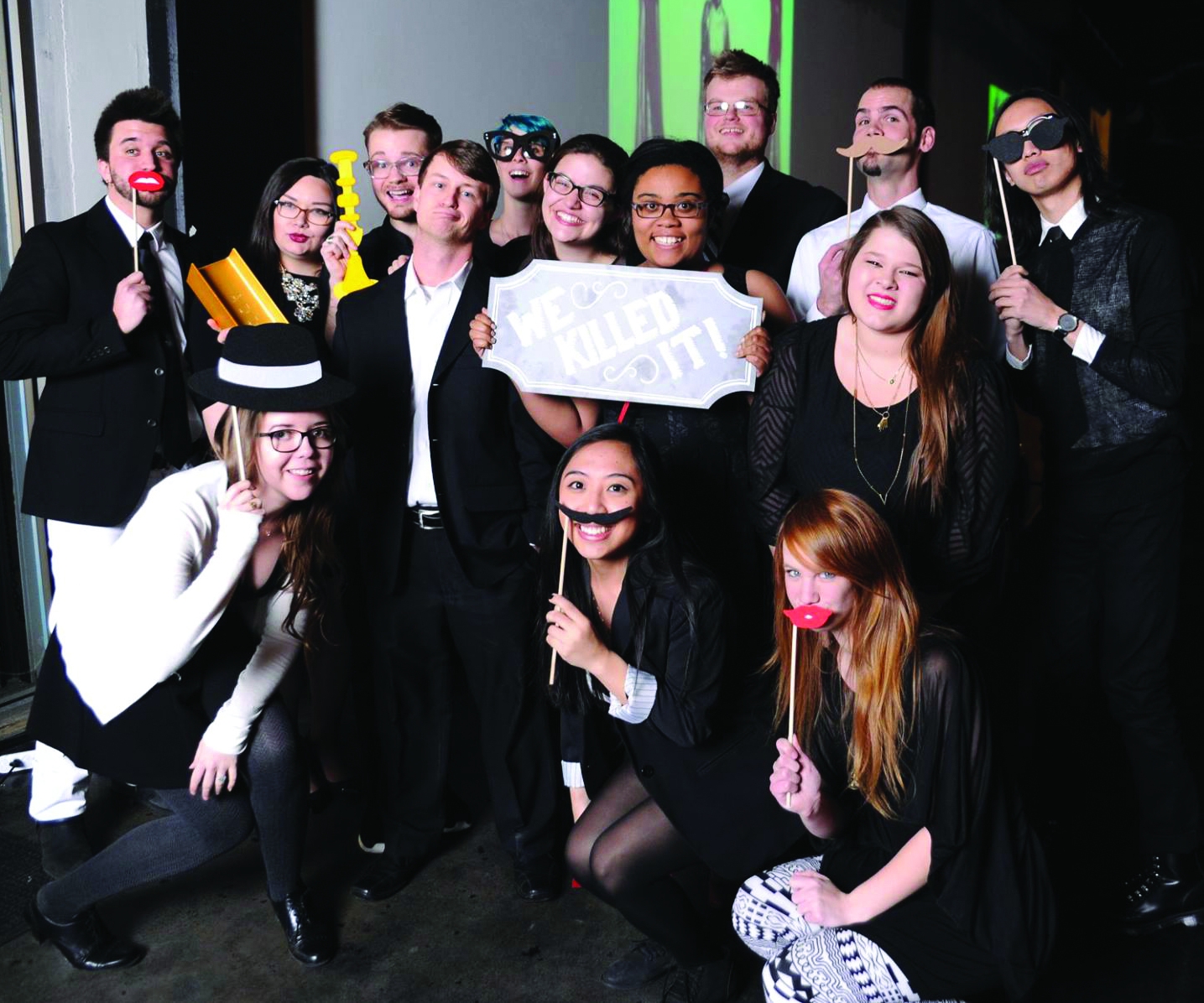
Bringing Home the Bling
Students from Digital Media and the Department of Art and Art History were honored with a wealth of ADDYs at the 2015 Birmingham Advertising Federation Awards, held in February.
Read more
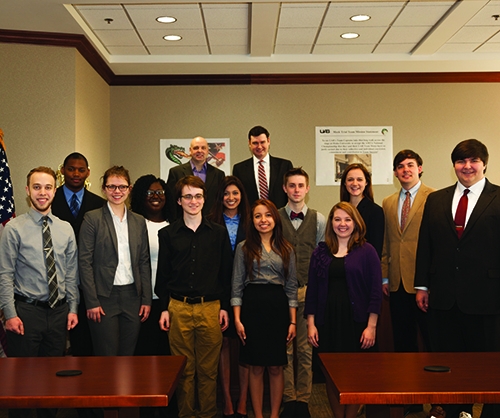
Mock Trial Team Advances
The UAB Mock Trial team accumulated a 5-3 record to finish 8th in the field and earn a bid to Opening Round Championship Series.
Read more
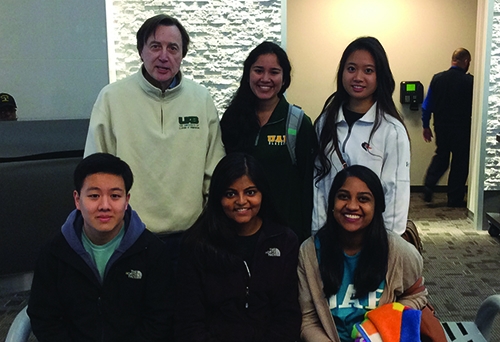
Ethics Bowl Team Competes Nationally
The UAB Ethics Bowl team won one of only four spots in the Southeast Regional Competition in Tampa, Florida, advancing them to the National Championship Round in the Intercollegiate Ethics Bowl in Costa Mesa, California.
Read more
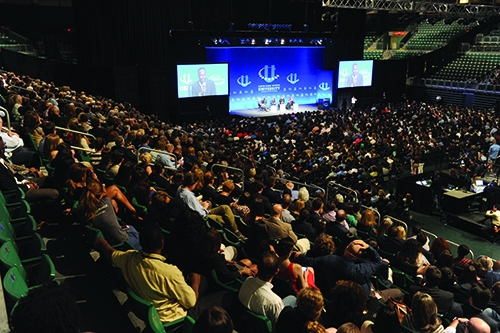
Students Chosen for Clinton Global Initiative University
Seventeen UAB students, ten of whom hail from the College, were chosen to visit the University of Miami from March 6-8 for the Clinton Global Initiative University (CGIU).
Read more
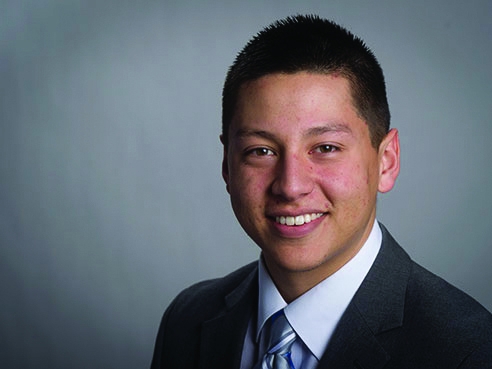
Brian Nykanen a Finalist for Truman Scholarship
Brian Austin Nykanen, a junior neuroscience major and a Cadet in the Army ROTC at UAB, is a finalist for the Truman Scholarship.
Read more
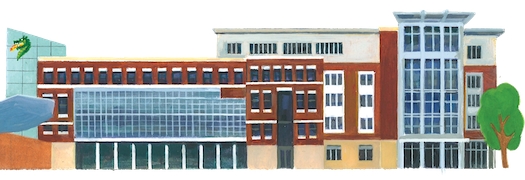
Building the Future
The Board of Trustees approved a new building for the College of Arts and Sciences at their November 2014 meeting.
Read more
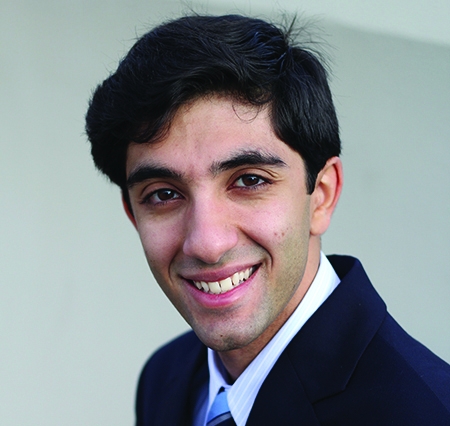
Ameen Barghi Wins Rhodes Scholarship
Ameen Barghi received the prestigious Rhodes Scholar award in November. He is one of three UAB students to receive the award, following Neel Varshney in 2000 and Josh Carpenter in 2012.
Read more
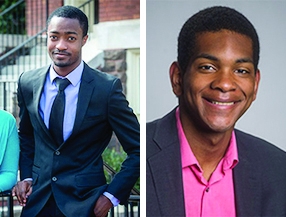
Students Win Merck Fellowships
Nathan Oluwagbemiga Larinde has been awarded one of two UNCF Merck Undergraduate Science Scholarships given to UAB students this year. Solomon Gibson, a chemistry major and Global and Community Leadership Honors Program student, has been designated an alternate.
Read more